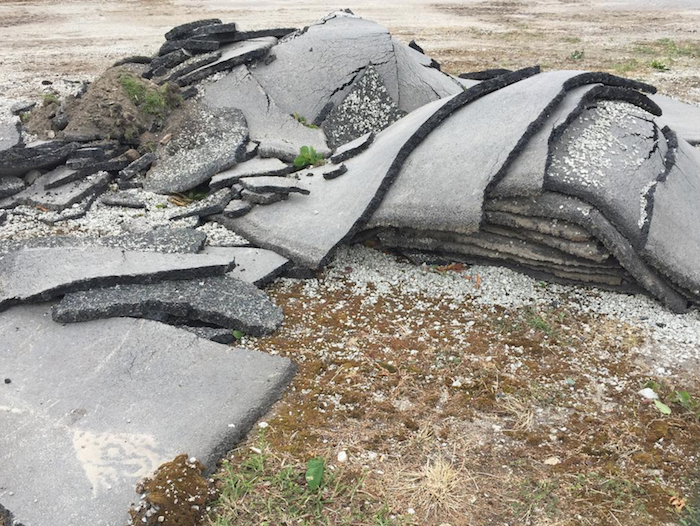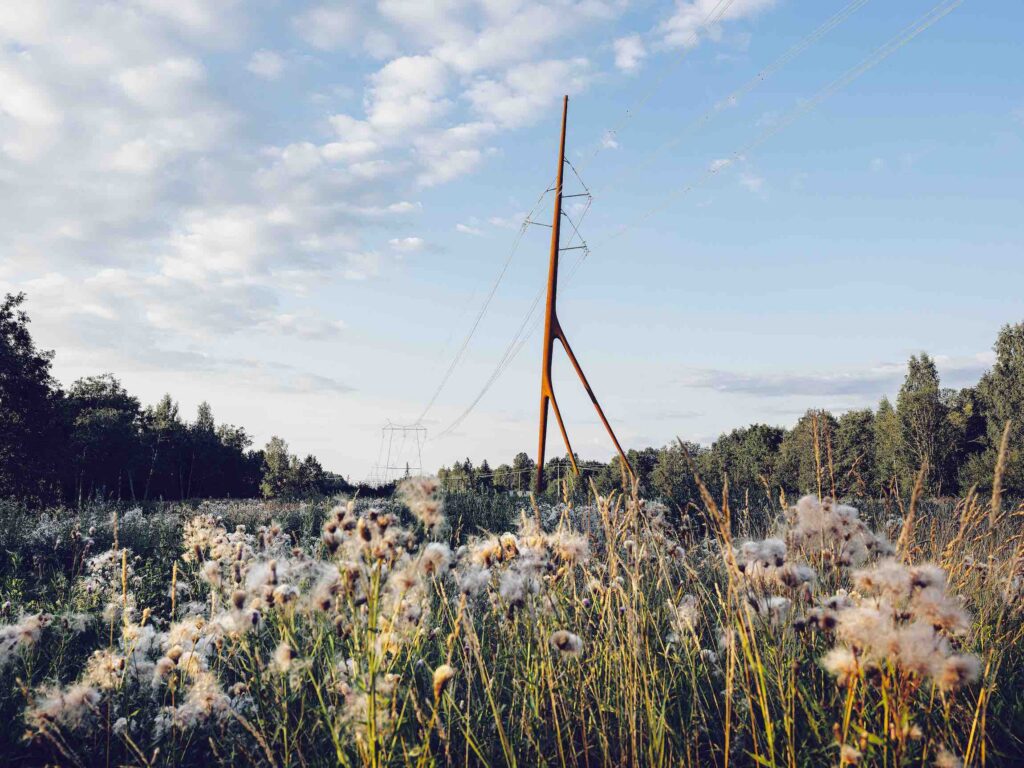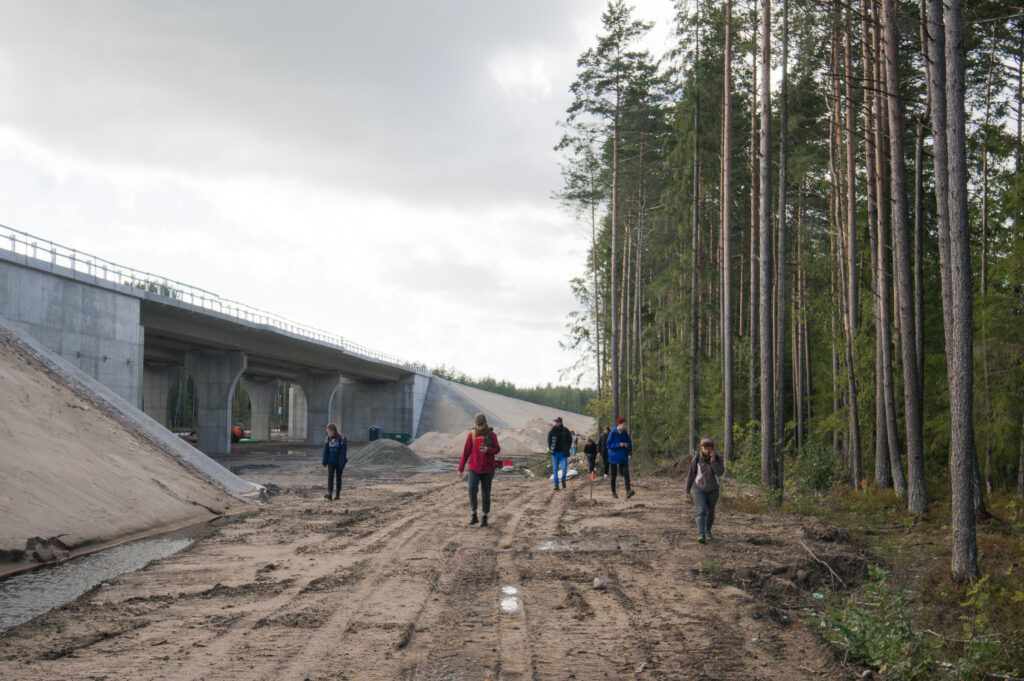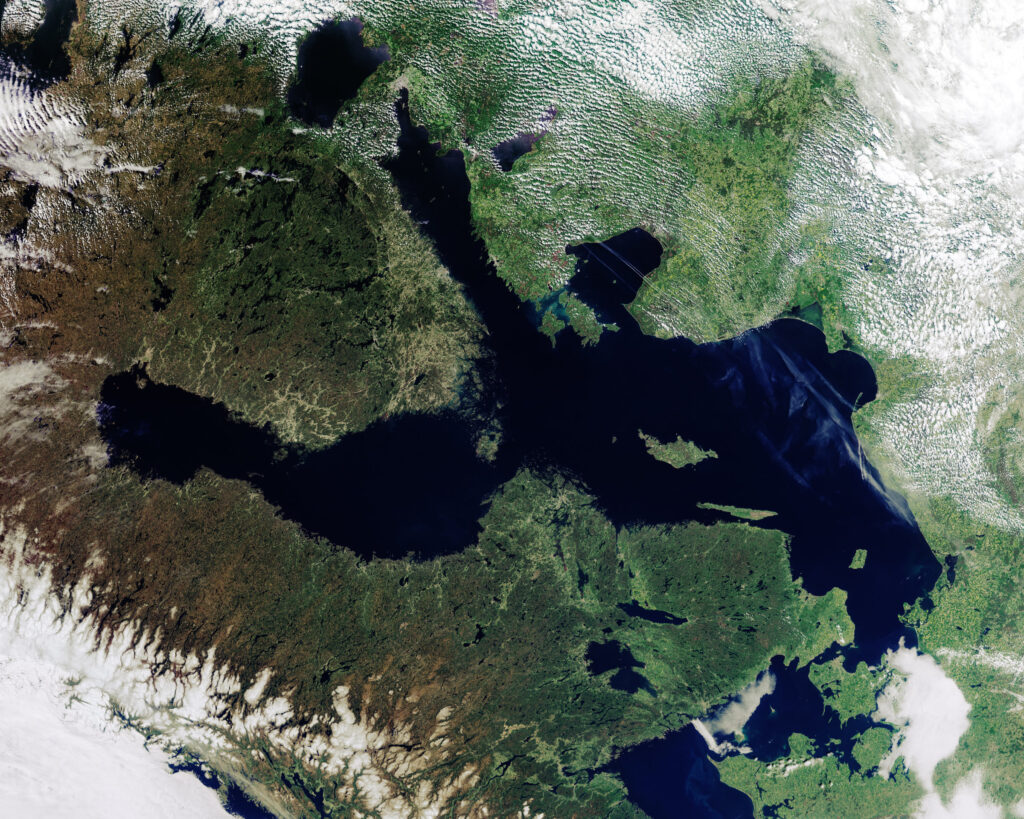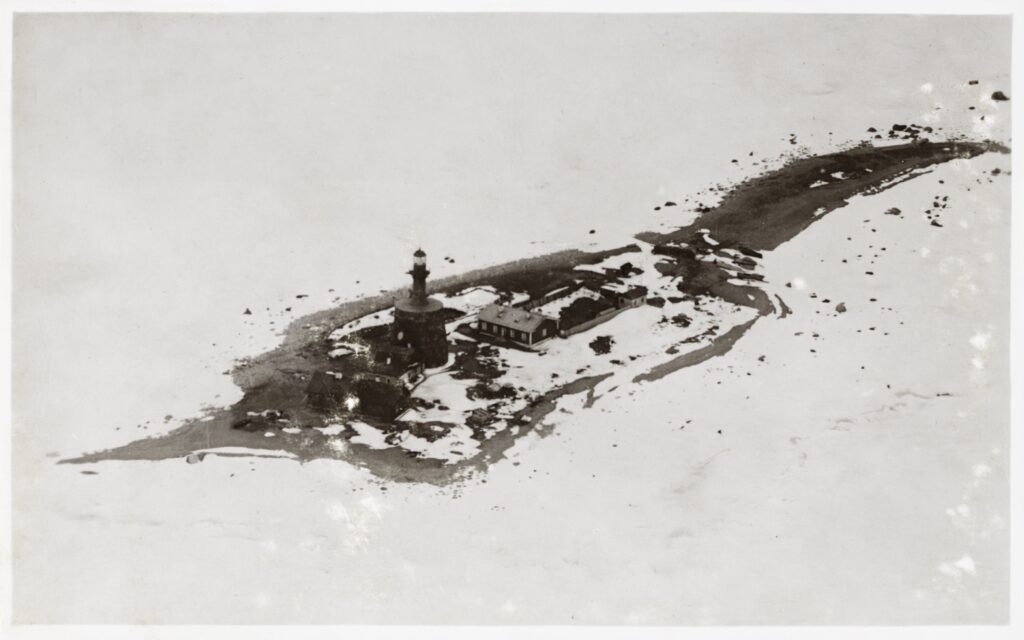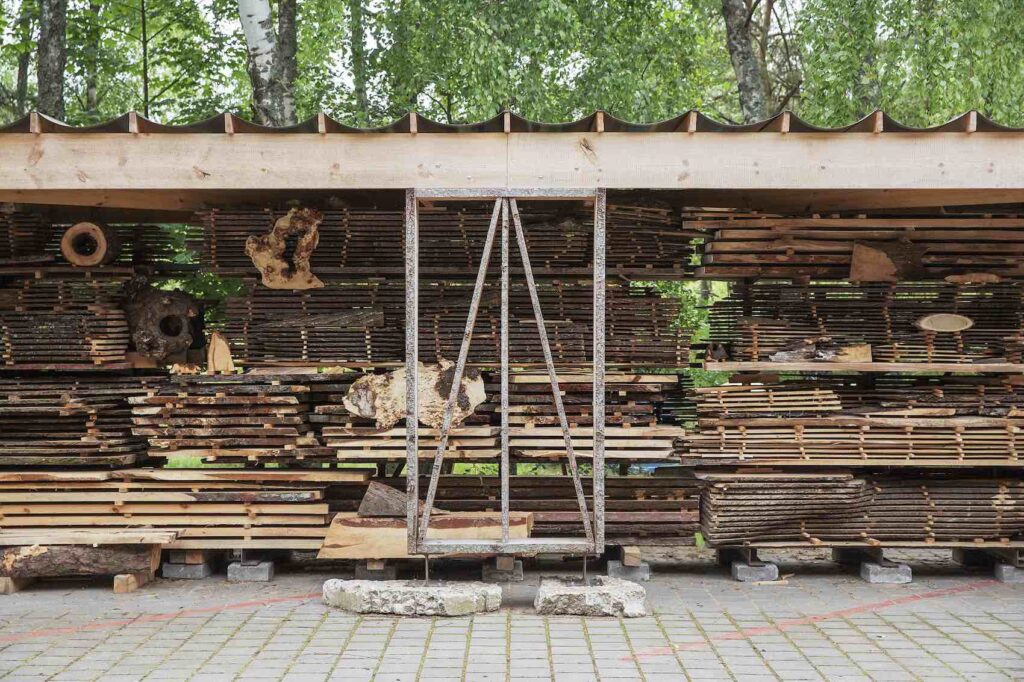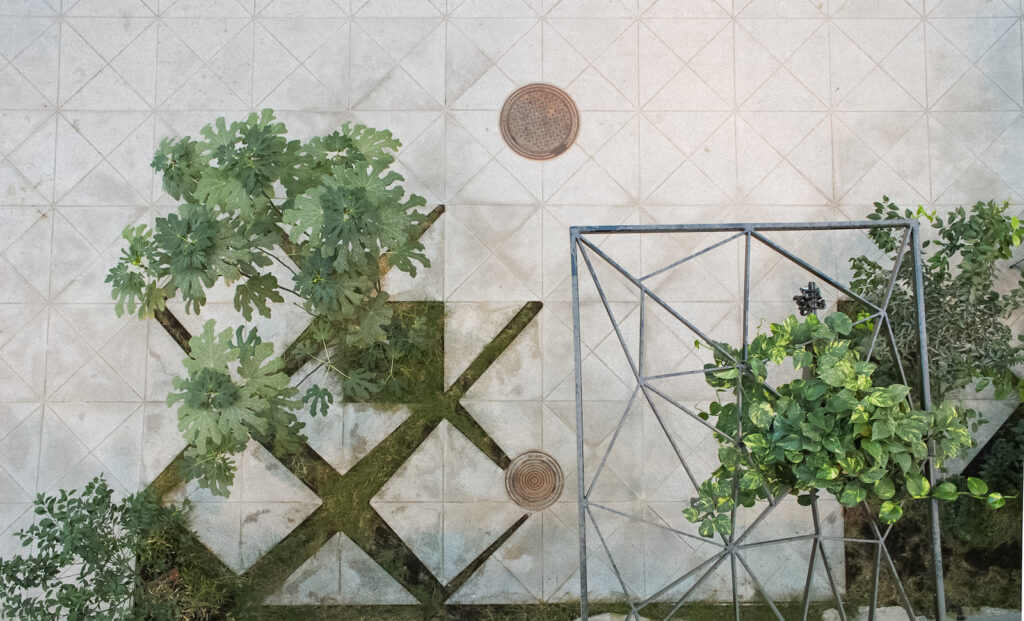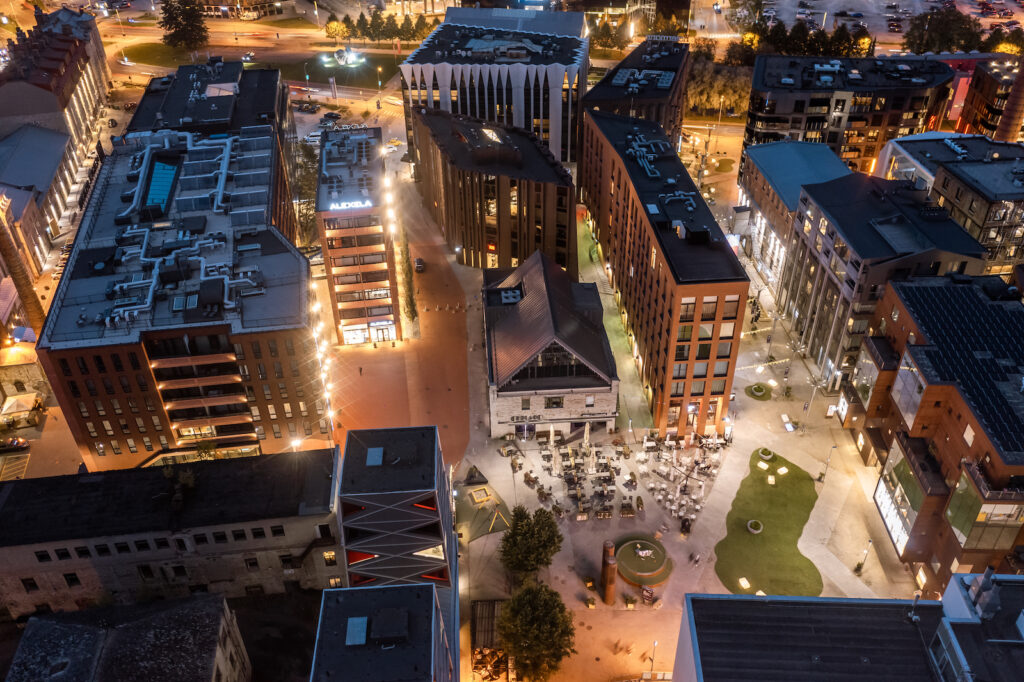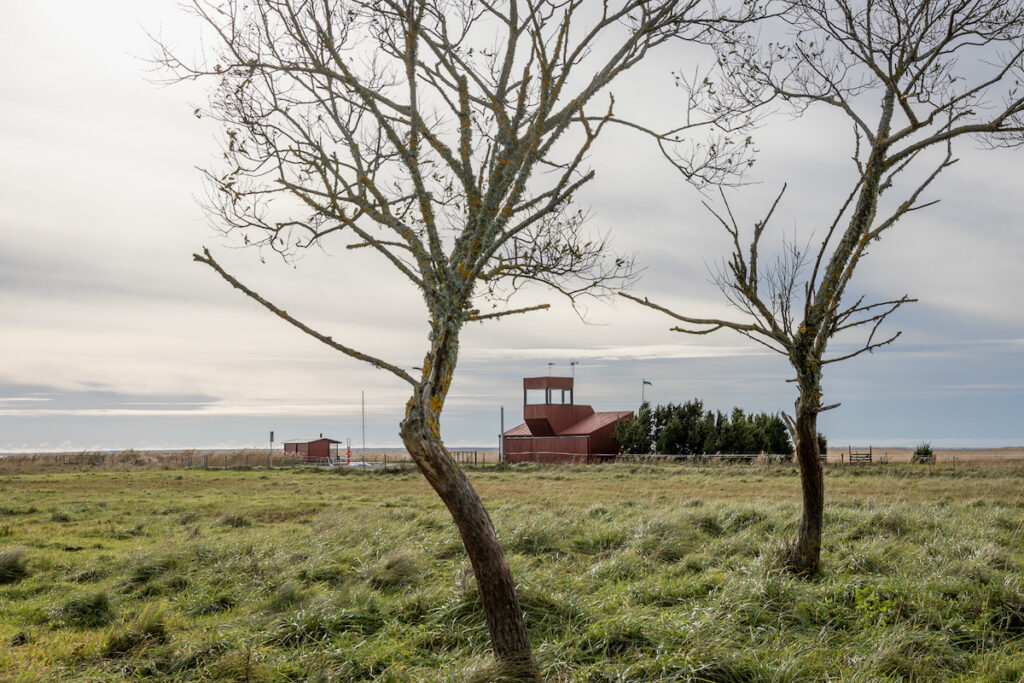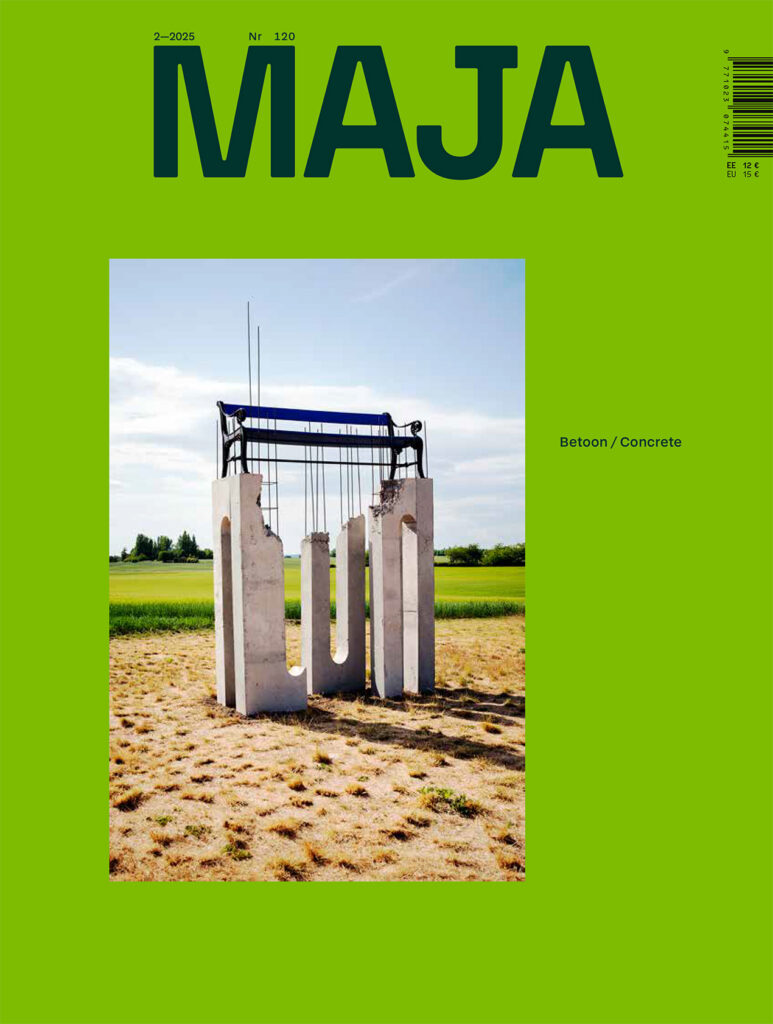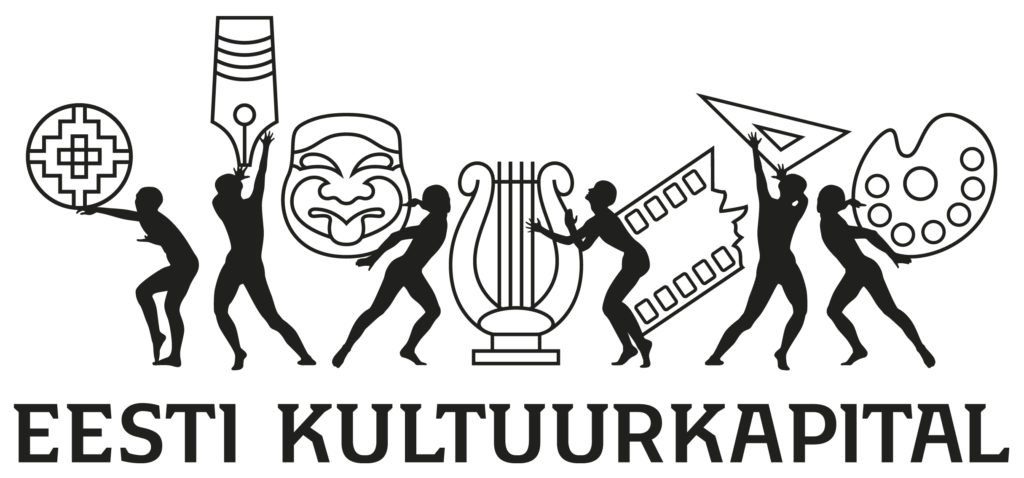(URBAN)LANDSCAPE
Authors ask: how to talk about a railway that currently exists only in our imagination, but is nonetheless very present in our daily lives?
Infrastructure qua base structure underlies or serves the superstructure. Superstructure must take into account the load-bearing capacity of the base and must not exceed it. The variety of connections and dependencies gives rise to sustainable and resilient bio- diversity, whereas simplifying it makes life vulnerable.
Me oleme loonud tohutud süsteemid ja võrgustikud – globaalne majandus, õigus, transport, energeetika, toit –, mida tehnosfääri masinavärk töös hoiab. Taristus on ilmselged struktuursed vead, mis koormavad meie planeeti ning mida üritatakse nn rohepoliitikaga lappida.
All new hard infrastructure should be engineered to double as social infrastructure, writes Mattias Malk.
One of the ways to alleviate environmental problems might lie in architecture that brings people closer to their environment again. Estonia as a maritime nation has plenty of opportunities for this.
I believe that many a reader will imagine islands in the form of a curled-up coastline—after all, often there is little else there besides sea foam and bird screeching. Although Estonian islands are slowly growing in size, we still have a very large number of small islands—reefs, rocks, islets—whereas not so many islands where people would live all year round.
Jurga Daubaraitė, Egija Inzule and Jonas Žukauskas initiated Neringa Forest Architecture in Nida, Lithuania. They write about their work around a Baltic forest as a constructed space, an infrastructure, an environment reliant on human actions.
What is surprising and innovative about Fahle Park Gallery Street compared to earlier reconstructions of industrial architecture?
The Rotermann Quarter was the first ambitious attempt in independent Estonia to create a comprehensive and architecturally high-level urban space. 20 years have passed since the confirmation of the zoning plan that underlies the development of the area. Urbanist Mattias Malk examines what lessons could be drawn from the formation of this emblematic and groundbreaking space.
Indrek Allmann discusses landward- and seaward-facing small harbours.
Postitused otsas
ARCHITECTURE AWARDS



